| Image Format |
|
|
NIS-Elements incorporates an advanced multi-layered document structure using lossless JPEG 2000 image format. This image documentation structure makes it possible to achieve nondestructive archiving of image data including annotation (arrows, lines, and text notes), measurement data, binary data for storing results of threshold areas and meta-data information for recording acquisition and device conditions at the time of image acquisition. NIS-Elements is also compatible with all common file formats (TIFF, JPG, BMP, AVI, and ICS/IDS).
To save image sequences with lossless image quality, NIS-Elements has designated the ND2 format as its special format. ND2 allows storing sequences of images such as a Z-stack, multiple stage positions and images over time. All sequential information for the image series is located on the toolbar of the image window. This feature makes previewing and scrolling though image sequences extremely easy and intuitive.
In addition, ND2 contains information about the hardware settings and the acquisition conditions. |
|
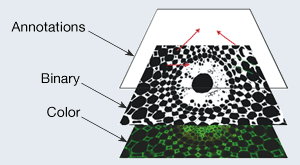 |
| |
|
|
| Layout Management |
|
|
NIS-Elements offers the user the choice of two built-in layouts in which to operate the software. The ‘Docked Controls’ mode allows hardware and application dialogs to be pinned on screen together with image windows (shown below, circled in red). In addition, the ‘Full Screen’ mode displays only the image of interest plus selectable controls. Layouts of all windows and docked controls can be freely customized and added by the user and saved. Switching between layouts is achieved by a single mouse click. |
|
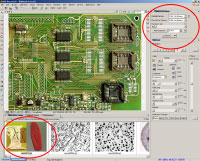  |
| |
|
|
| Autosave Folder |
|
|
| Within the layout of NIS-Elements, an ‘Auto Save Folder’ is also available. This useful interactive display tiles images from a selectable directory. Images from any file or database on the system are easily accessed and brought into the active window view. |
|
 |
| |
|
|
| Image Preparation: Annotation and Enhancement |
| Annotations such as text, arrows, graticules, calibrated scale bars and measurements are saved with each image. Annotations can be displayed and hidden at any time. In addition, it is possible to burn the annotation overlays into the image for display in other programs or for file sharing in other programs. NIS-Elements also contains various image enhancement features such as contrast adjustments, smoothing, sharpening and edge detection filters. A preview of the image operation is available to see the results before accepting the change. |
| |
|
|
| Database Option |
|
|
One of the key modules in NIS-Elements is the advanced but easy-to-use database unctionality.? You can save an image directly into the database with one mouse click and filtering, sorting and multiple grouping can be easily performed by drag and drop. Detail, thumbnail, icon and grid views are available on both the database image and the images on the file system. |
|
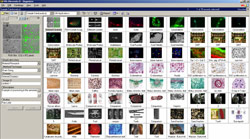 |
| |
|
|
| Report Generation |
|
|
| Report generation is a key feature of the database. Report templates can be created with customized text, graphs, and image files such as company logos or other picture files (shown below). The ‘Report Generator’ can also automatically pull information stored with the image. Modifiable text fields will auto update with the image information that is specified in the table of the database. Reports can be saved, directly printed and/or converted to a PDF file. |
|
 |
| |
|
|
| Macros and API (Advanced Interpreter) Option |
| Flexibility in custom tailoring the software for specific applications is possible through simple built-in macro recording and the Advanced Macro Builder (API (advanced interpreter)). The optional API allows for more complex programming such as conditional statements, looping, arrays, operators and local and global variables. |
| |
|
|
| EDF (Extended Depth of Focus) |
|
|
| Extended Depth of Focus (EDF) is an additional software plug-in for NIS-Elements. Thanks to the EDF function, images that have been captured in a different Z-axis can be combined to create an all-in-focus image. Also, it is possible to create stereovision image & 3D surface image for a virtual 3D image. |
|
Focused image created from a sequence of Z-stack images
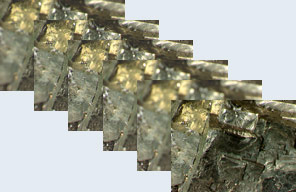
Virtual 3D image
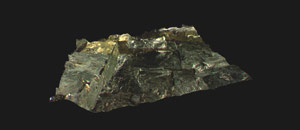 |
| |
|
|
| |
|
|
|
|
|









